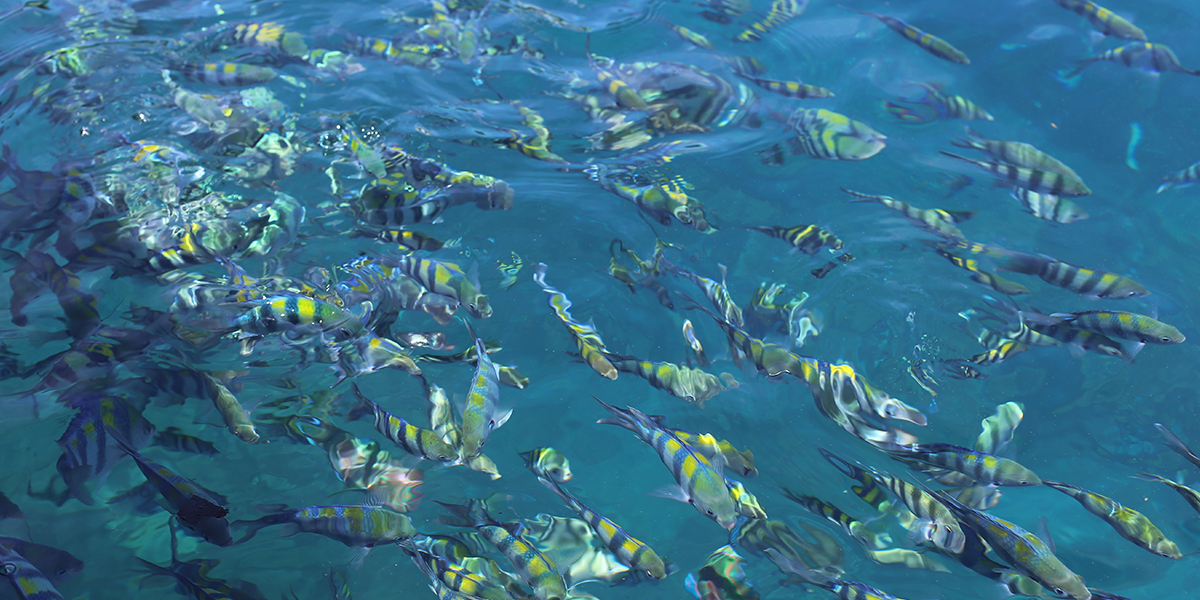Authors: Mark J. Spalding, John Pierce Wise Sr., Britton C. Goodale, Sandra S. Wise, Gary A. Craig, Adam F. Pongan, Ronald B. Walter, W. Douglas Thompson, Ah-Kau Ng, AbouEl-Makarim Aboueissa, Hiroshi Mitani, and Michael D. Mason
Publication Name: Aquatic Toxicology
Publication Date: Thursday, April 1, 2010
Nanoparticles are being widely investigated for a range of applications due to their unique physical properties. For example, silver nanoparticles are used in commercial products for their antibacterial and antifungal properties. Some of these products are likely to result in silver nanoparticles reaching the aquatic environment. As such, nanoparticles pose a health concern for humans and aquatic species. We used a medaka (Oryzias latipes) cell line to investigate the cytotoxicity and genotoxicity of 30 nm diameter silver nanospheres. Treatments of 0.05, 0.3, 0.5, 3 and 5 μg/cm2 induced 80, 45.7, 24.3, 1 and 0.1% survival, respectively, in a colony forming assay. Silver nanoparticles also induced chromosomal aberrations and aneuploidy. Treatments of 0, 0.05, 0.1 and 0.3 μg/cm2 induced damage in 8, 10.8, 16 and 15.8% of metaphases and 10.8, 15.6, 24 and 24 total aberrations in 100 metaphases, respectively. These data show that silver nanoparticles are cytotoxic and genotoxic to fish cells.







